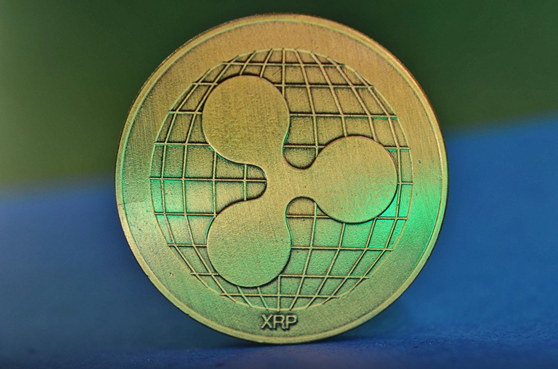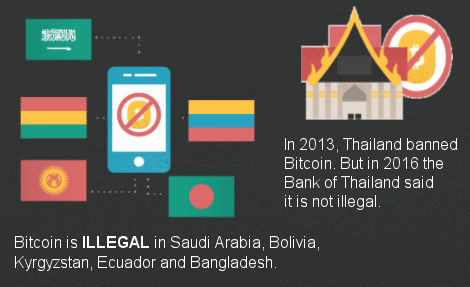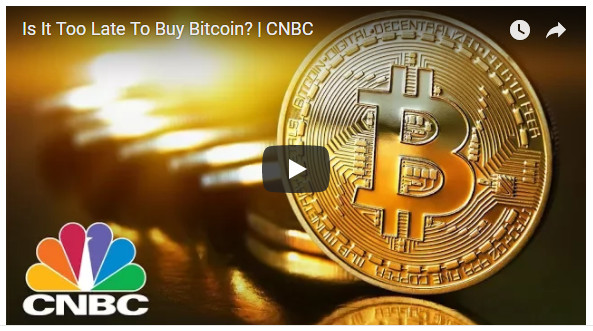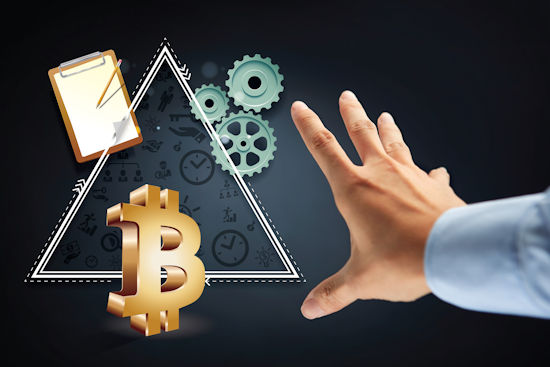More and more people are delving into the use of cryptocurrencies for more secure online transactions. Some even consider investing in these digital assets. One of the most talked-about cryptocurrencies that have emerged is Ripple, which is also known as a platform that paves the way for fast and inexpensive transactions. Ripple which trades under the symbol (XRP) is the token that is often used to transfer value across the international banking network. Here are some other things that you need to know about Ripple.
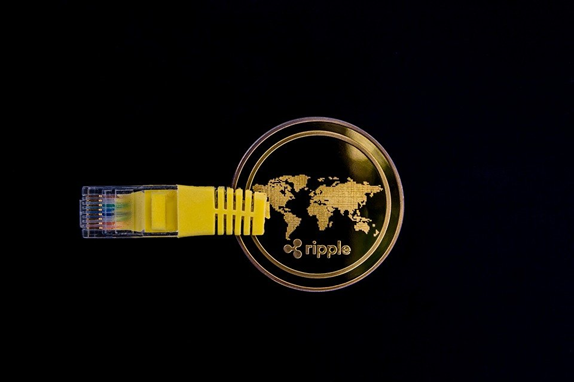
Image Source
1. Ripple is a Scalable Digital Asset.
A primary factor of Ripple is that it is one of the most scalable digital assets to date, meaning that it can handle more transactions, faster. The XRP RippleNet token can scale faster than Bitcoin, which is considered to be the pioneer when it comes to cryptocurrencies. To meet customer demands, the XRP ledger can handle as many as 1500 transactions per second, 24 hours a day, seven days a week, compared to seven transactions per second that Bitcoin can handle. This factor makes Ripple more commercially viable than Bitcoin.
Unlike other cryptocurrencies such as Bitcoin or Ethereum, Ripple doesn’t use blockchain technology. Rather, it uses the Ripple Protocol Consensus Algorithm (RPCA) to verify transactions and ensure the security of the network. The term “consensus” in the algorithm simply means that if every node of the network is in agreement with the rest of the nodes, then the network is secure and there are no issues.
RPCA seeks to allow a fast, low-cost decentralized transaction. It addresses the three main crypto technical issues; agreement, correctness, and utility.
1) Agreement
“Agreement” means maintaining a system for verifying decentralized accounting to prevent fraudulent acts. The agreement system ensures that only one set of transactions exists and is accepted globally. It is the sure way to avoid a double-spend issue.
2) Correctness
Correctness ensures the system differentiates between correct and errant or fraudulent transactions.
3) Utility
Utility is all about the usefulness of the system. Correctness and agreement are not much good if it is too cumbersome to use.
The Ripple system utilizes two types of nodes. The tracking nodes collect transactions from clients and send them to the validator. They also communicate the state of the ledger. Validator nodes confirm transactions. They then add them to a decentralized ledger after approval.
The consensus iteration process confirms the validity of the transactions. The nodes verify that the account requesting validation can fund the transaction i.e. do they have enough XRP and trust. The pool then broadcasts the candidate transaction to the other node validators. They, in turn, pass it to the pool of the other transactions waiting for verification.
A transaction needs the approval of more than 80% of the chosen validators. After this, they move to the next step of validation. The ones that fail this step go back for another round of consensus.
2. Ripple is Recognized by Major Financial Institutions.
Apart from being highly scalable, XRP is also recognized by major financial institutions and payment providers. In fact, XRP is designed specifically to cater to the transfer of value between enterprises in the financial industry. Because it was designed for this purpose, XRP makes it much easier to facilitate transactions between different countries. It also acts as a bridge between fiat currencies to pave the way for cheaper and faster transactions.
Some Users of Ripple
- For instance, Banco Santander is one of the world’s biggest banks offering a wide range of services to 140 million retail and commercial customers. Ripple’s technology and global network of financial institutions helped Santander develop “One Pay FX”.
- The United Arab Emirates (UAE) has a high number of Indian migrant workers so LuLu Exchange, a leading Abu Dhabi-based financial services provider partnered with leading Indian private sector financial institution Federal Bank to allow rapid currency exchanges between the UAE and India using Ripple.
- MoneyMatch, a Malaysian FinTech focused on cross-border money transfers, provides the country’s small and medium-sized enterprises (SMEs) with a same-day, low-cost way to pay global suppliers using RippleNet.
3. Ripple Paves the Way for Speedy Cross-Border Payment Transactions.
Because XRP is specifically designed to transfer value between enterprises in the financial industry, it can enable a faster and more reliable cross-border transaction. Currently, it takes a couple of days for payments to be transferred from one bank in another country to reflect in the bank of another country. Not only this, but the transaction fees prove to be quite significant as well. With XRP, an average settlement only takes about four seconds, at a fraction of the cost of traditional payment transfers.
Aside from cross-border payment transactions, Ripple is also used for low commission currency exchange. This is one of the best benefits of using Ripple, particularly for certain currencies that cannot be directly converted to each other. More often than not, the US dollar is used as a mediator to convert currencies. However, this results in double commission fees because you need to pay a fee to convert from currency “A” to a US dollar, and then another fee to convert from the US dollar to currency “B”.
In place of the US dollar, Ripple is used as a mediator for currency exchange. While the commission fees are not totally eliminated in this case, the charges are reduced significantly.
4. Ripple is Easy to Purchase.
Lastly, Ripple is one of the cryptocurrencies that are easy to purchase, regardless of whether you are a financial institution or an individual investor. Financial institutions can get in touch with Ripple directly. While individuals can refer to various digital exchanges to acquire this digital asset. Apart from being easier to purchase, Ripple is also more sustainable than mined cryptocurrencies such as Bitcoin. Initially, the “mining” of Bitcoin was a major benefit in that it meant that there wasn’t an unlimited supply unlike “fiat currencies”. However, as time goes on this meant that “mining” becomes increasingly energy and processing power intensive which can be inefficient.
Ripple is currently priced at more than $0.40 per coin, which is twice as much as its price in the last month of 2020. It hit its highest price in December 2017 at $2.28 per coin, it stabilized to under a dollar over the last couple of years. Because the fluctuations in the price are no longer extremely volatile, there is a greater chance for you to predict trends, which can significantly help when it comes to your investment. Just keep in mind that Ripple is designed, for a different purpose than Bitcoin, Ripple’s intrinsic value lies in its ability to facilitate payments and transactions while Bitcoin is more as a store of value due to its limited supply, although Ripple’s supply is also limited it can be expanded from current levels.
Image Source
While Ripple may be a viable investment, you need to keep in mind that the use of this cryptocurrency for payments or growing your money still has risks, just as other cryptocurrencies or investment vehicles possess. But as more and more banks use it as their platform, you can expect the value of Ripple to be higher too.
Unlike Bitcoin, Ripple is highly centralized, which means that the developers have the final decision when it comes to the release of the tokens that already exist. Just like with shares of a corporation, the developers are in control of how many of the existing tokens they will release or hold. Ripple is also open source, so with so many eyes on the code, security concerns should be few and far between.
You might also like:

